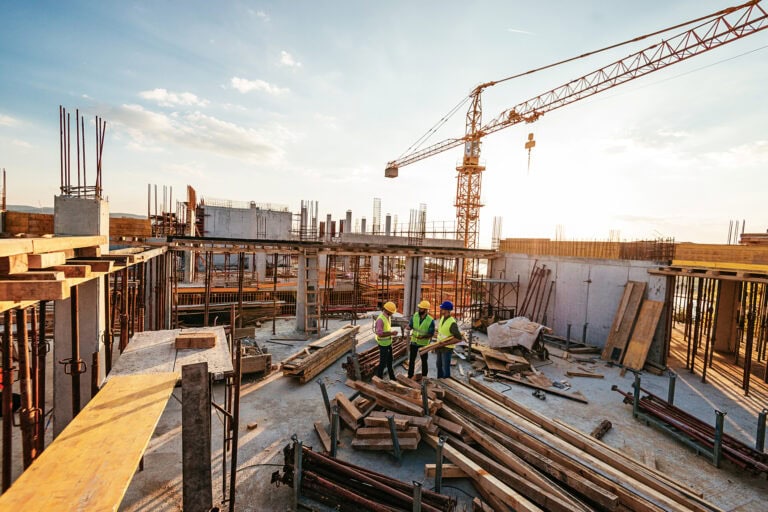Circular Economy
The built environment needs to move away from the take-make-waste economy. For a sustainable future, a regenerative, circular economy that rewards the reuse of finite materials and resources must take its place.
What is the Circular Economy?
At its simplest, the circular economy prioritises the reuse of materials, preventing the over extraction of natural resources and the number of usable materials that end up in landfill. More widely, it’s an economic model that builds overall system health by gradually decoupling economic activity from the consumption of finite resources. Its visionary principles consider a different way of doing business, placing more importance on regenerating nature, carbon reduction and sustainable resource management than our current system. In practice, it can look as small as a refill hub for groceries in a commercial development, or be more significant like retaining a building’s structure and utilising second hand steel.

Circular Economy Principles
Maximise reuse (including refurbish and repurpose)
Design buildings for optimisation
Use standardisation
Products as a service
Minimise impact and waste
How can we enable a Circular Economy?
On an asset or business level the principles empower us to make the decisions that promote a circular economy. However, we need systems change so that all of industry can embrace circularity. As part of our Advancing Net Zero programme, our 2023 report System Enablers for a Circular Economy, identified eight enablers we can harness to create this shift.
- Collaboration & early engagement
- Second-hand materials market
- Design for disassembly/ design principles
- Green contracts and leases
- Tax & legislation
- Green financing
- Metrics, benchmarks, and indicators
- Education

Explore the Circular Economy
Key resources
Materials Passports

System Enablers for a Circular Economy

How Circular Economy Principles can impact carbon and value

Circular economy guidance for construction clients: How to practically apply circular economy principles at the project brief stage

News and Blogs
UKGBC announces new innovation initiative with Breakthrough Energy and FORE Partnership

EPDs and Materials Passports in Circular Construction

What are Material Passports and what are the benefits of using them?

What are the environmental impacts of construction materials? An introduction to Embodied Ecological Impacts

All Circular Economy Resources
Filter
Paradise 11

Construction products reform Consultation Response

Low-Carbon Roof Extensions to Existing Buildings

Materials Passports Platforms

Materials Passports

End Cat A Lighting Waste Campaign

Bitesize Learning

Sustainability Shorts

Extraction: a conversation on biodiversity at Lough Neagh

Pall Mall

Tempo

Coal House


